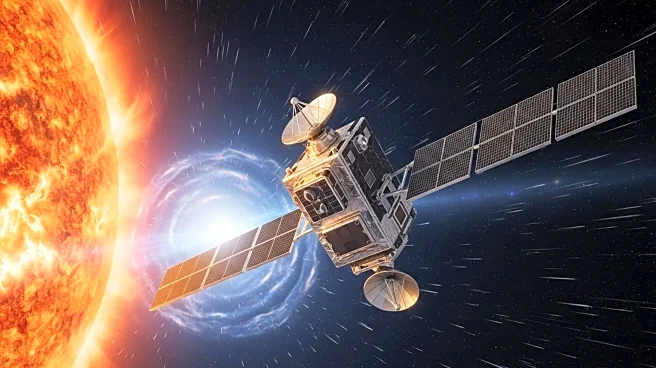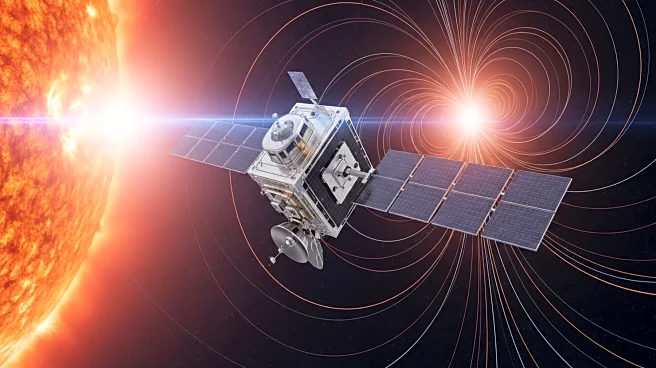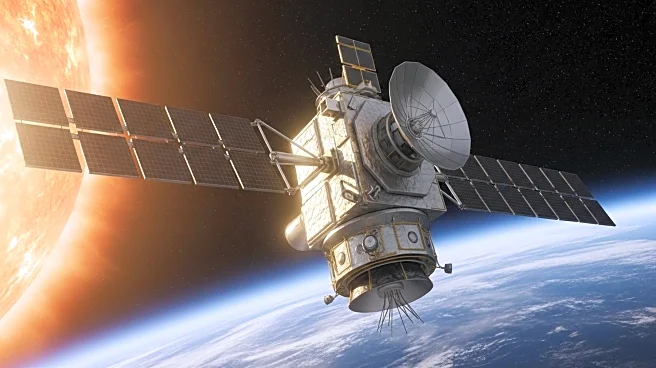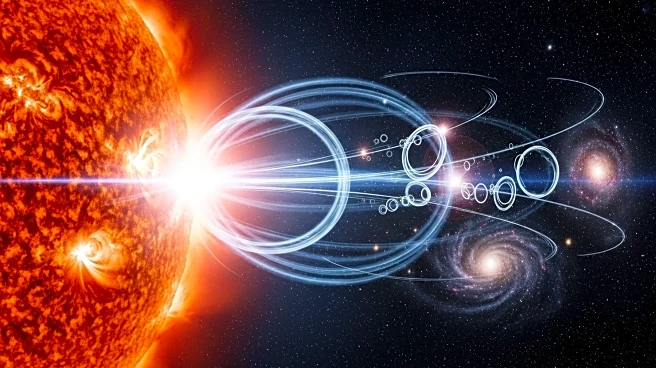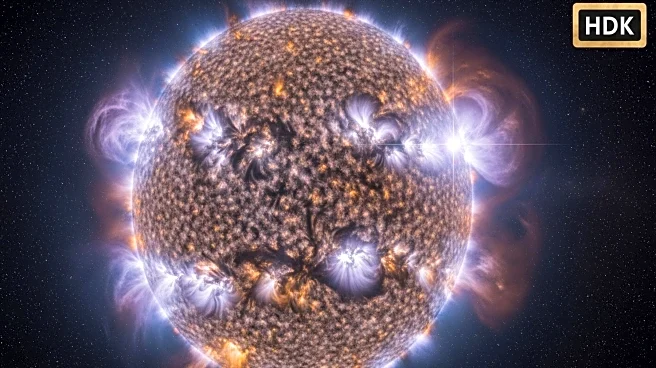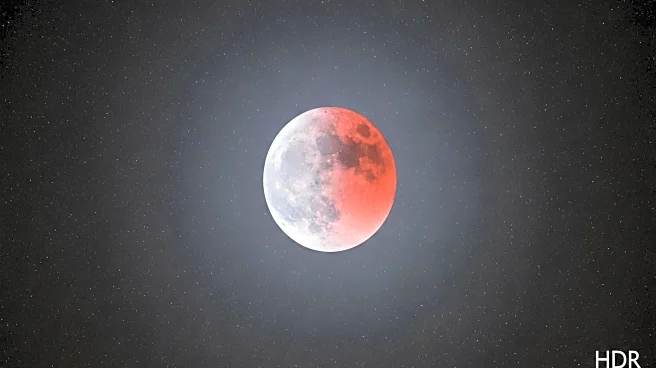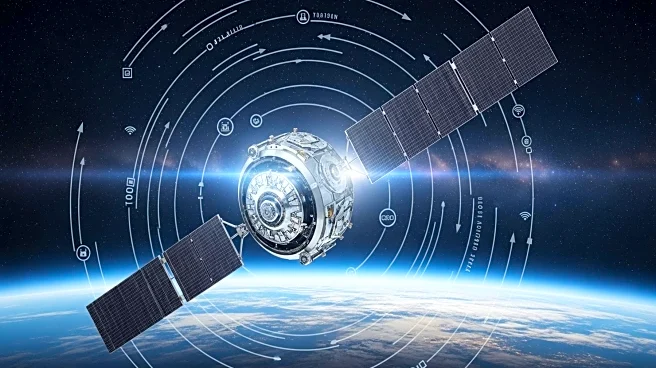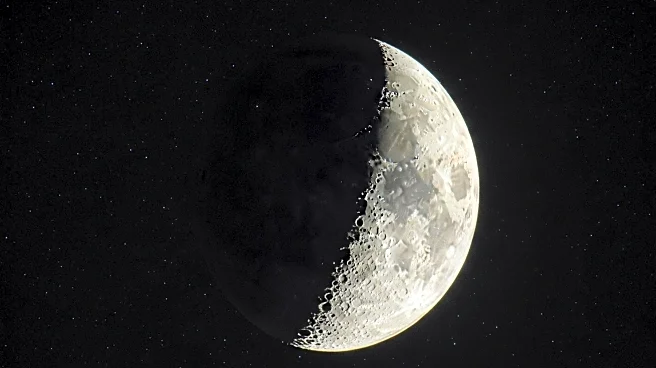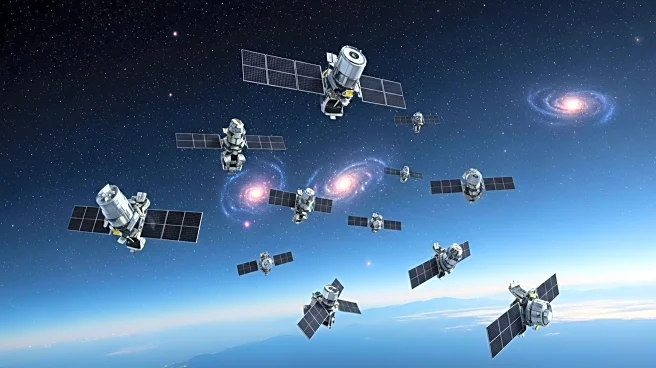What's Happening?
The Solar Orbiter spacecraft has successfully forecasted solar storms 15 hours before they hit Earth, marking a significant advancement in space weather prediction. The spacecraft, positioned between the sun and Earth, measured the magnetic fields of coronal mass ejections (CMEs) to predict their impact. This early warning system, developed by Emma Davies and her team at the Austrian Space Weather Office, could help mitigate the effects of solar storms on Earth's electronic systems by providing more time to prepare.
Why It's Important?
Accurate forecasting of solar storms is crucial for protecting Earth's electronic infrastructure, including power grids and communication systems. The ability to predict these events hours in advance allows for better preparation and response, potentially preventing widespread disruptions. This development represents a significant step forward in space weather monitoring, highlighting the importance of continued investment in space-based observation technologies.
What's Next?
Further observations and data collection are needed to refine predictive models and improve the accuracy of solar storm forecasts. The success of the Solar Orbiter in this role may lead to the development of dedicated solar storm monitoring missions, enhancing our ability to protect critical infrastructure from space weather events. Continued research will focus on understanding the variability of CMEs and improving the precision of arrival time predictions.
